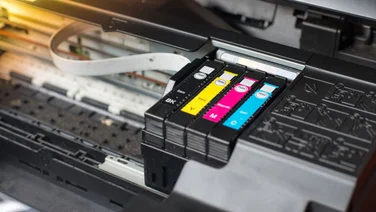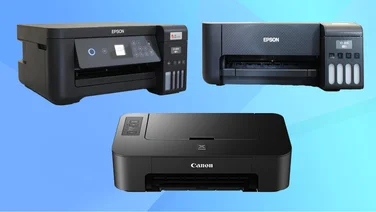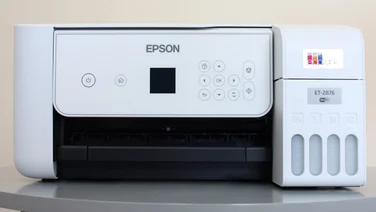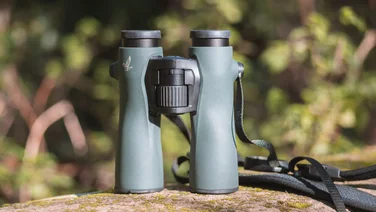To help us provide you with free impartial advice, we may earn a commission if you buy through links on our site. Learn more










Nikon has only gone and done it. After years of “will it, won’t it”, and perhaps emboldened by the success of its full-frame Nikon Z6 and Z7 cameras, it has finally released a DX-format mirrorless camera (APS-C), years after its major competitors.
Yep, that’s right. It may come as a surprise to you but the Nikon Z 50 is the company’s first crop-sensor mirrorless camera. It is the last major camera manufacturer to launch one and runs up against stiff opposition from established brands such as Sony, Canon and Fujifilm in the enthusiast/hobbyist space.
READ NEXT: The best DSLR and mirrorless cameras you can buy today










Nikon Z50 hands-on: What you need to know
Essentially, the Nikon Z 50 both looks and feels like a Z6 or Z6 shrunk down to unfeasibly compact proportions. It uses the same Z mount lens mount system as Nikon’s mirrorless full-frame cameras and even the same Expeed 6 image-processing engine. In fact, it’s only the smaller size of the sensor and the camera itself that marks this out as a product for the enthusiast photographer rather than a Pro.
Key specifications include a resolution of 20.9 megapixels, 209 phase-detect autofocus points spread across 90% of the frame and an ISO range of 100 to 51,200 ISO. The maximum shutter speed is 1/4,000sec and burst shooting performance is up to 11fps.
The Z 50 can also shoot 4K video with no crop factor at up to 30fps with focus peaking. This not being a pro video camera, however, means there’s no log gamma mode.










The camera body is very compact and light indeed. It measures a mere 126.5mm wide and 94mm high, and weighs 395g – when fitted with the new 16-50mm, f/3.5-6/3 pancake zoom lens, it comfortably fits into the palm of one hand. The body is built from magnesium to keep the weight down and weather-sealed, just like its pro-level counterparts.
I was able to handle one prior to the launch announcement and it feels just as well put together as any of Nikon’s pro cameras. There’s a surprisingly comfy grip, a thumb control wheel at the top right corner of the rear of the camera and another dial residing at the front beneath where your index finger would normally sit.










A pair of user-programmable function buttons sit at the base of the lens mount on the front and there’s a 3.2in, 1080kdot touch display at the rear accompanied by a 2.36 million dot EVF for with a 100% frame coverage and a magnification factor of 1.02x. That screen – vloggers and social media fiends will be pleased to discover – is also hinged so you can tilt it out and up and down, or flip it all the way around so you can filming yourself and still see the screen.
The Nikon Z 50 is compatible with all of Nikon’s S-Line Z mount lenses but if those are too pricey for you, it will also be launching alongside a pair of new DX-format Z mount lenses: a 16-50mm f/3.5-6.3 pancake zoom and a 50-250mm f/4.5-6.3 zoom telephoto. Naturally, the camera is also compatible with the Nikon’s FTZ adapter, which allows the attachment of older F mount lenses to the Z 50.










Nikon Z 50 hands-on: Price and competition
The Nikon Z 50 costs £849 for the body only and £989 with the 16-50mm Nikkor DX lens, and you’ll be able to buy one from 7 November 2019. A kit with both the 16-50mm and 50-250mm lenses will set you back £1,199.
That puts it squarely in competition with one of our favourite compact mirrorless cameras – the Fujifilm X-T30. This has a 26.1-megapixel X-Trans sensor and also sells for £849 body only, with kits available from £899. The two cameras are pretty close on features but the Fujifilm offers faster burst shooting and a less traditional body style without the big grip featured on the Nikon.
The Sony a6400 is also a strong competitor and can be had for around the same money with a 16-50mm kit lens.










Nikon Z50 hands-on: Early verdict
It might be late to the party but with the launch of the Z 50, Nikon has proved it’s now completely serious about the mirrorless camera market, not just pro-level full-frame cameras.
The bigger question is how the new camera compares to models from Sony, Canon and Fujifilm, who have all been in the game a lot longer and can offer a greater range of affordable lenses. With only two DX-format Z mount lenses available, at least initially, it may prove a tough sell.






